Basil (Ocimum basilicum) is one of the most beloved herbs in home gardens and kitchens worldwide. Its fresh, aromatic leaves elevate a range of dishes — from classic Italian pesto to Thai curries and refreshing herbal teas. While growing basil is relatively easy, knowing when to harvest basil for maximum flavor is key to enjoying its peak aroma, taste, and culinary value.
In this article, we’ll explore the optimal timing, techniques, and frequency for harvesting basil. You’ll also learn how season, plant age, and flower development affect basil’s flavor, and how proper harvesting can prolong your plant’s productivity.
Why Does Harvest Timing Matter for Basil Flavor?
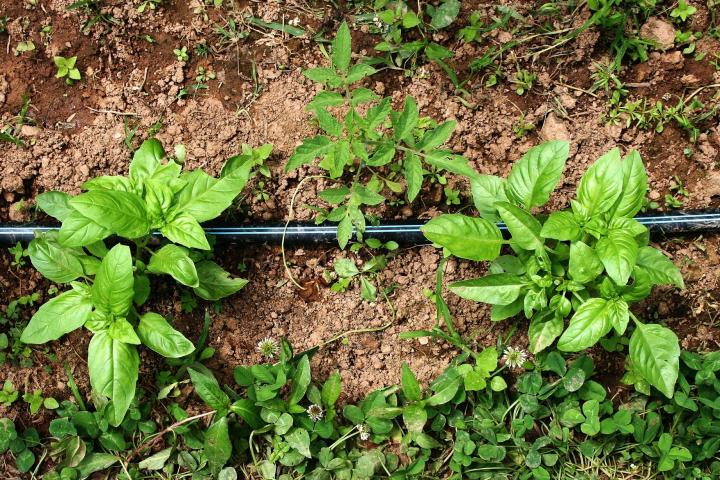
The flavor of basil comes from its essential oils, which are responsible for its distinctive fragrance and taste. These oils fluctuate throughout the plant’s growth cycle.
Harvesting at the right time ensures:
- Maximum concentration of aromatic oils
- Fresher, sweeter, and more complex flavors
- Prolonged leaf production and plant health
Harvesting too early can reduce the plant’s vigor, while waiting too long—especially after flowering—leads to leaves becoming bitter and less aromatic.
When Should You Start Harvesting Basil?
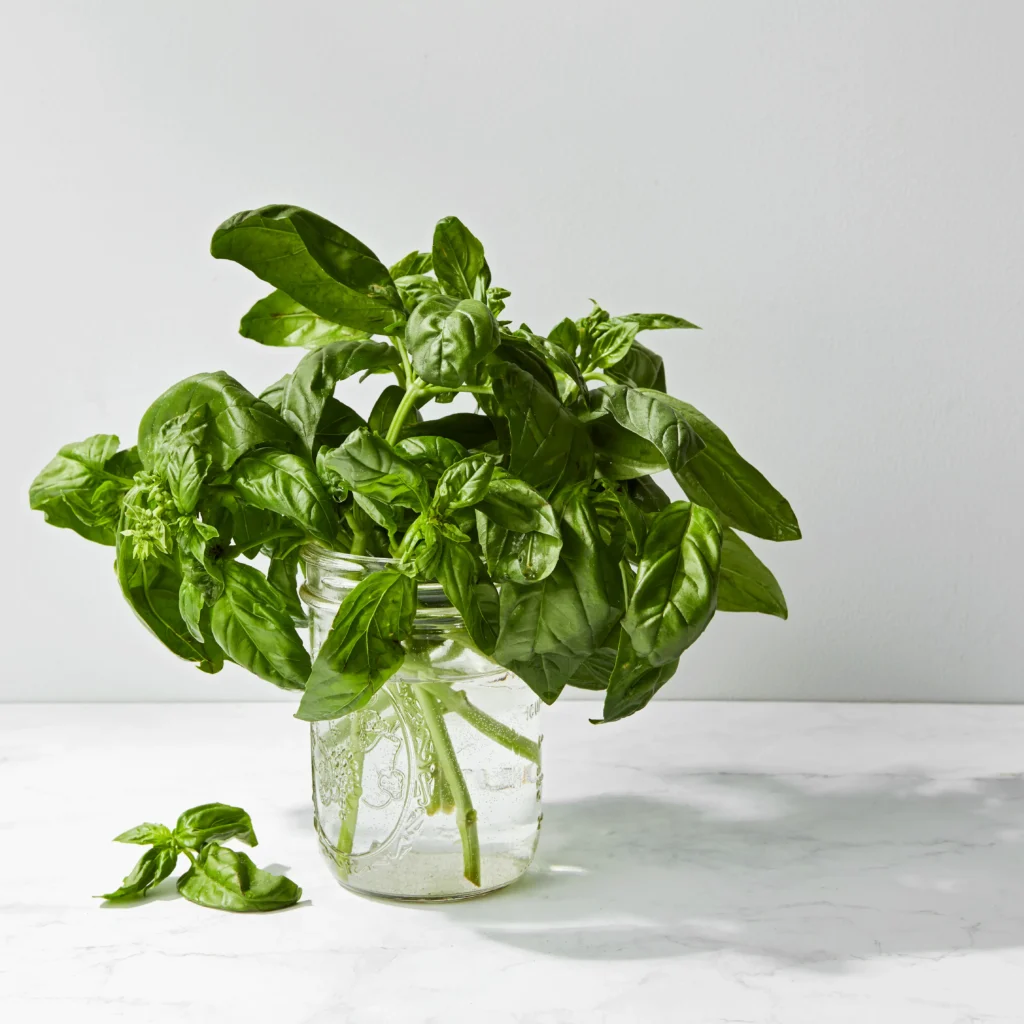
You can begin harvesting basil once the plant has at least 6–8 leaves (or reaches about 6–8 inches tall). At this stage, the plant is mature enough to handle leaf removal without stunting growth.
General guideline:
Start light harvesting 4–6 weeks after planting or transplanting seedlings.
Best Time of Day to Harvest Basil
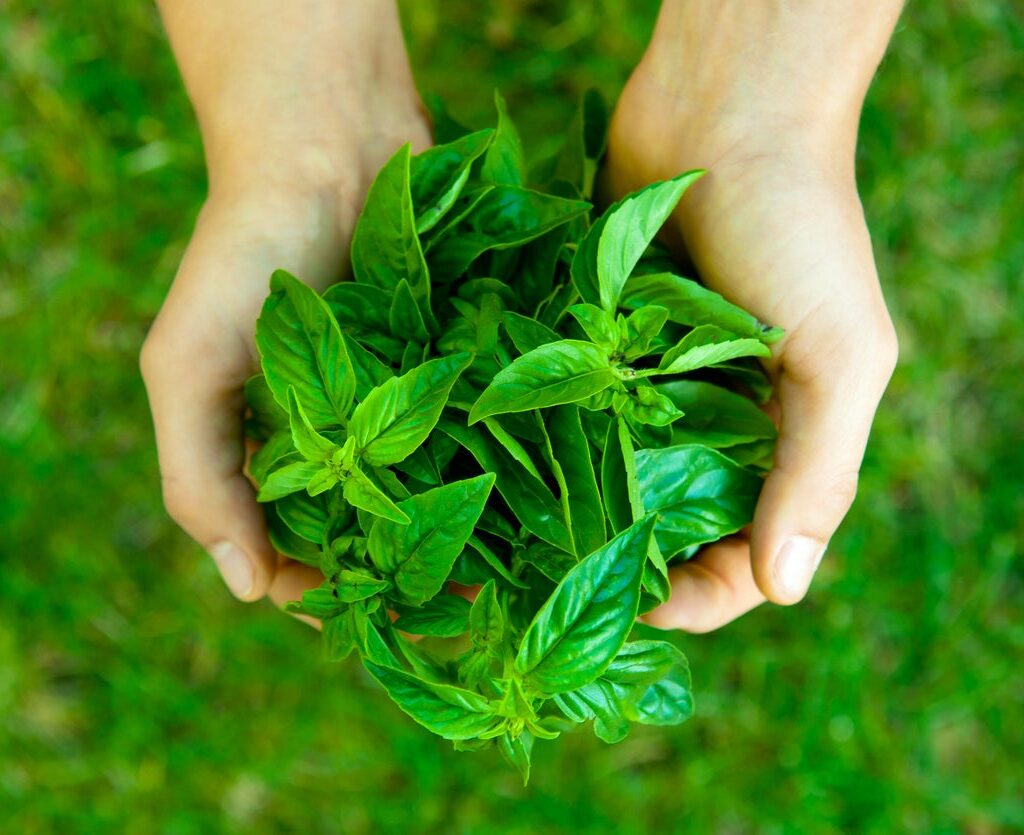
For maximum flavor, the ideal time to harvest basil is:
- In the morning, after the dew has dried but before the sun’s heat evaporates the essential oils.
Avoid harvesting in the afternoon heat, as essential oils diminish with rising temperatures, reducing flavor intensity.
How Growth Stage Affects Basil Flavor
| Growth Stage | Leaf Flavor | Ideal for Harvest? |
|---|---|---|
| Seedling (0–4 weeks) | Mild, undeveloped | No |
| 4–6 weeks, 6–8 leaves | Sweet, rich, highly aromatic | Yes |
| Pre-flowering (8+ weeks) | Peak oil concentration, vibrant flavor | Best |
| Flowering or post-flowering | Leaves become bitter and tougher | Not ideal |
Pro Tip: Regular harvesting delays flowering, preserving optimal leaf flavor longer.
How Does Flowering Affect Basil Flavor?
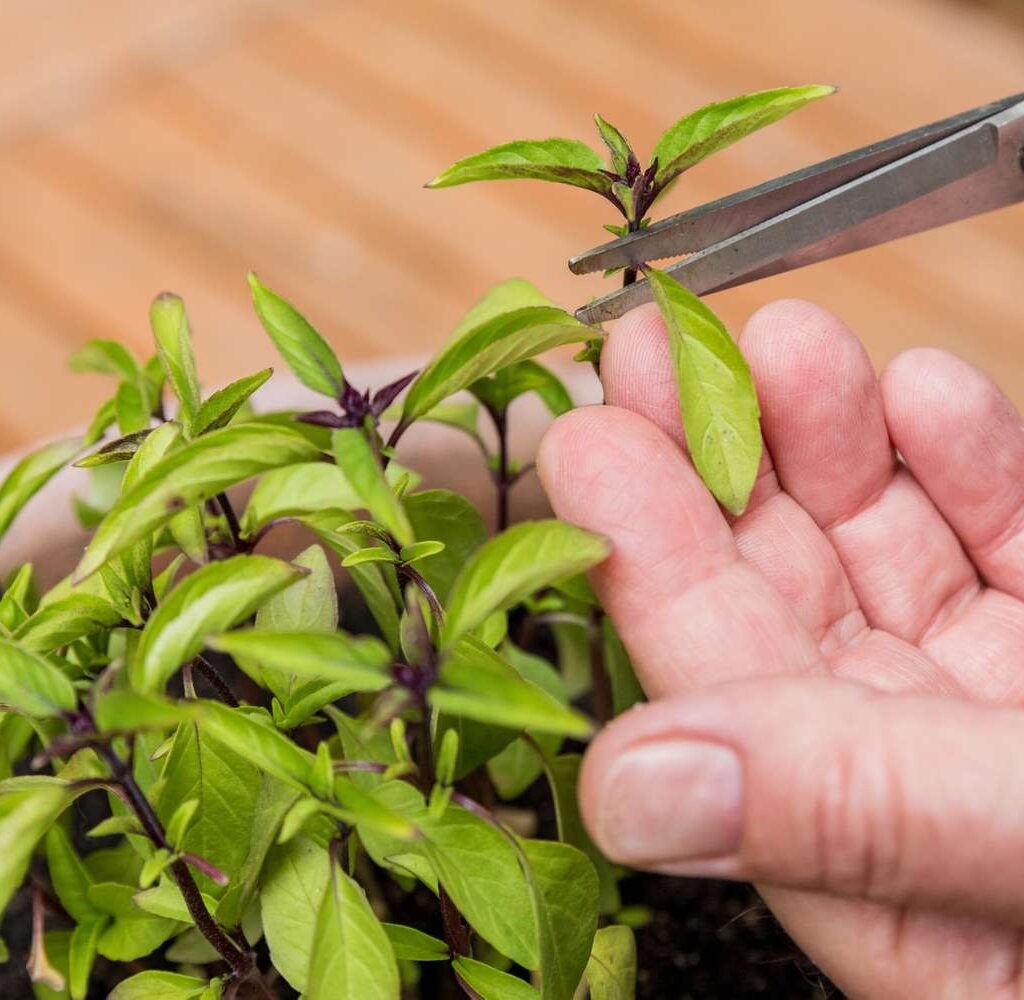
As basil matures, it naturally attempts to flower and produce seeds. While the flowers are edible, allowing a basil plant to bloom drastically affects its leaf quality:
- Essential oil production drops.
- Leaves turn bitter.
- Growth slows as energy shifts to seed production.
To maintain maximum flavor:
Pinch off flower buds as soon as they appear. This redirects energy into leaf growth and prolongs the harvest window.
How to Harvest Basil Properly
Correct harvesting technique improves yield, extends plant life, and ensures flavor-rich leaves.
Step-by-Step Guide:
- Use clean, sharp scissors or pinch stems with your fingers.
- Cut stems just above a leaf pair or node (where two leaves grow opposite each other).
- Leave at least two sets of healthy leaves on the plant to promote regrowth.
- Harvest from the top down to encourage bushy growth.
Tip: Avoid stripping leaves from the bottom, as it weakens the plant structure.
How Often Can You Harvest Basil?
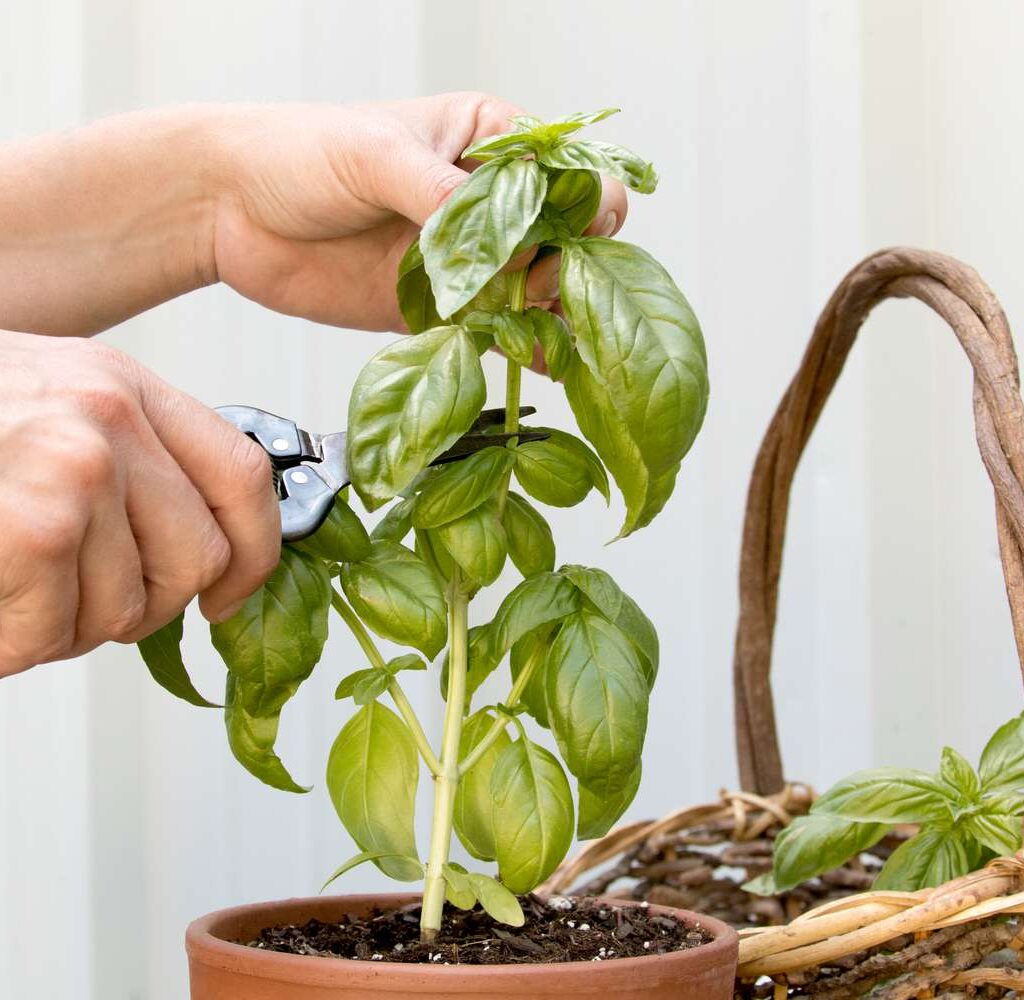
Basil is a fast-growing herb. During its active growing season (spring and summer), you can:
- Lightly harvest every 1–2 weeks
- Perform a heavy harvest (up to ⅓ of the plant) every 3–4 weeks
Frequent, moderate harvesting actually stimulates new growth and delays flowering, keeping your basil plant productive for months.
Seasonal Basil Harvesting Schedule
| Season | Harvest Frequency | Notes |
|---|---|---|
| Spring | Every 7–10 days | Start light harvests once plants have 6–8 leaves |
| Summer | Every 5–7 days (as needed) | Peak growing season — frequent, moderate harvest |
| Fall | Every 7–14 days | Reduce frequency; harvest before first frost |
| Winter | Only if grown indoors | Indoor basil grows slower; harvest sparingly |
Signs Your Basil Is Ready for Harvest
Look for these signs to ensure peak flavor:
- Plants at least 6–8 inches tall
- 6–8 mature leaves
- Vibrant green, unblemished leaves
- No visible flower buds (or pinch them off immediately)
Avoid harvesting pale, yellowing, or wilting leaves, as they lack flavor and nutrients.
Best Practices for Prolonging Basil Harvest
- Pinch off flowers as soon as they appear
- Harvest frequently to encourage bushier, fuller growth
- Remove any yellow or damaged leaves
- Keep soil consistently moist but not waterlogged
- Provide 6+ hours of bright, indirect sunlight daily
How to Store Freshly Harvested Basil
Fresh basil is delicate and loses flavor quickly if not stored properly.
Short-term storage (up to 5 days):
- Place stems in a glass of water at room temperature.
- Loosely cover leaves with a plastic bag.
Long-term storage:
- Freeze whole leaves or blended basil with olive oil in ice cube trays.
- Make and freeze pesto.
- Dry leaves (note: drying reduces flavor compared to freezing).
Can You Harvest Basil Year-Round?
Yes — if grown indoors in containers with adequate light and warmth.
Use grow lights during winter to supplement reduced daylight hours and maintain regular, light harvesting.
Conclusion
When should you harvest basil for maximum flavor?
The best time is in the morning when the leaves are fresh, just after the plant reaches 6–8 inches tall with at least 6–8 leaves, and ideally before flower buds appear.
Key takeaways:
- Start light harvesting about 4–6 weeks after planting.
- Harvest every 7–10 days in spring and 5–7 days in summer.
- Cut stems above a node to promote bushy growth.
- Pinch off flower buds immediately to preserve flavor.
- Store fresh basil properly for prolonged freshness.
With attentive care and well-timed harvesting, your basil plants will reward you with months of aromatic, flavorful leaves — perfect for culinary creations and herbal remedies.

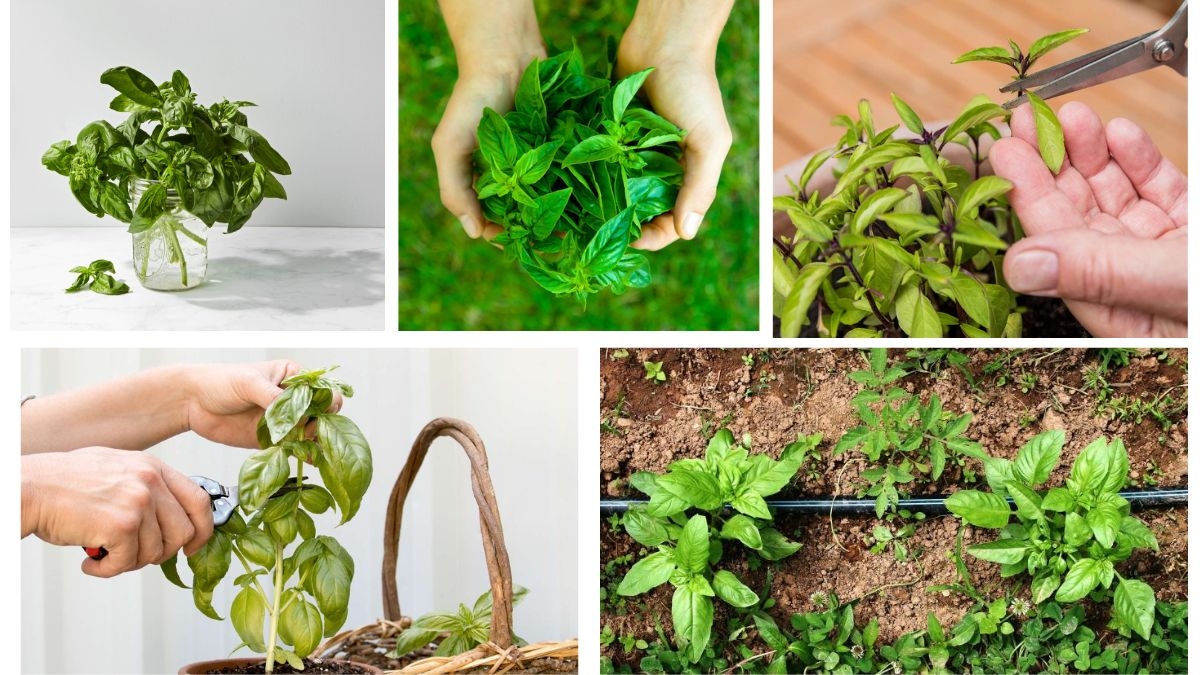
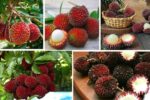

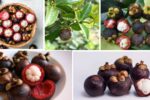
Leave A Comment